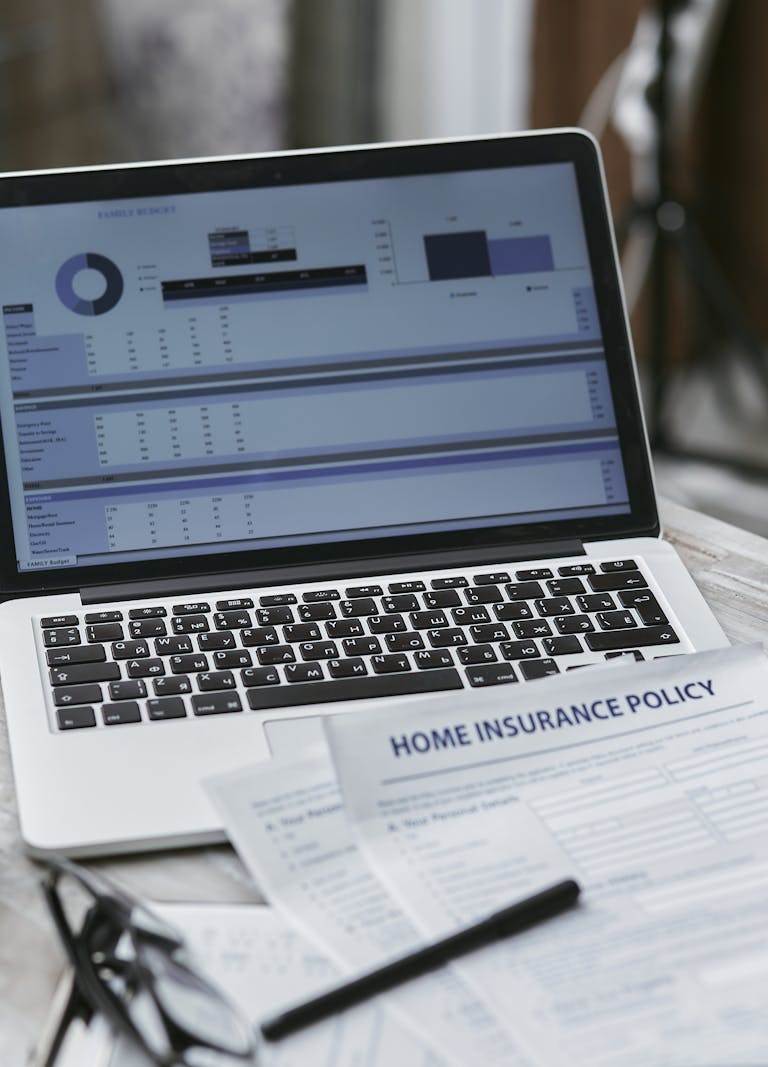How to File a Home Insurance Claim After a Hurricane — Step-by-Step Guide
When a hurricane hits, the aftermath can be overwhelming. Beyond the emotional stress and physical damage, homeowners must also navigate the process of filing a home insurance claim. Knowing exactly what steps to take can help you get your home repaired faster and increase the chances of receiving the full payout you deserve.
In this article, we’ll walk you through a step-by-step guide on how to file a home insurance claim after a hurricane.
Step 1: Make Sure You and Your Family Are Safe
Safety comes first. Before you worry about your property, ensure that everyone in your household is safe. If necessary, stay at a temporary shelter until it is safe to return home.
Tip: Don’t re-enter your home until local authorities confirm it’s safe.
Step 2: Document the Damage Immediately
Take clear photos and videos of all damage caused by the hurricane — both inside and outside your home.
-
Capture wide shots of entire rooms and close-ups of damaged items.
-
Don’t throw away damaged property until the insurance adjuster has seen it.
Pro Tip: Date-stamped photos or videos (with your phone’s metadata enabled) can strengthen your claim.
Step 3: Prevent Further Damage
Most policies require you to take reasonable steps to prevent additional damage. This could include:
-
Covering broken windows with plywood or plastic sheeting
-
Placing a tarp over a damaged roof
-
Shutting off water or electricity if it’s unsafe
Save your receipts for any emergency repairs or temporary fixes — your insurance company may reimburse you.
Step 4: Review Your Insurance Policy
Before filing your claim, check your policy to understand what’s covered.
-
Wind damage is typically included in standard homeowners insurance.
-
Flooding from storm surge is not usually covered and requires separate flood insurance.
-
Review your deductibles for hurricane or windstorm damage, which may be higher than your standard deductible.
Step 5: Contact Your Insurance Company
Notify your insurer as soon as possible. Most companies have hotlines for disaster claims.
-
Provide your policy number and basic details about the damage.
-
Ask about the process and expected timeline.
-
Keep a record of every phone call and email with your insurance company.
Tip: Many insurers allow you to start the claims process through mobile apps, which can speed things up.
Step 6: Meet With the Insurance Adjuster
An insurance adjuster will visit your home to assess the damage.
-
Walk them through your property and show the documented damage.
-
Provide an inventory of damaged or destroyed belongings.
-
Ask questions about what the policy covers and what it doesn’t.
Pro Tip: You’re allowed to hire a public adjuster if you feel your insurer’s estimate is too low.
Step 7: Keep Track of Expenses and Repairs
While waiting for your claim to be processed, you may need to cover temporary living expenses (hotels, meals, etc.). Most policies include loss of use coverage for these costs.
-
Save all receipts.
-
Track every repair cost, even small ones.
This documentation can help you get fully reimbursed.
Step 8: Stay Organized Until the Claim Is Settled
Keep everything related to your claim in one place:
-
Policy documents
-
Photos and videos
-
Receipts and invoices
-
Notes from calls with the insurance company
The more organized you are, the smoother the process will be.
Summary Checklist
| Step | Action |
|---|---|
| 1 | Ensure safety first |
| 2 | Document damage (photos, videos) |
| 3 | Prevent further damage (tarp, boards, etc.) |
| 4 | Review your policy |
| 5 | Contact your insurance company |
| 6 | Meet with the insurance adjuster |
| 7 | Track expenses and repairs |
| 8 | Stay organized until settlement |
Final Thoughts
Filing a home insurance claim after a hurricane can feel stressful, but following these steps will help you stay on track. Remember:
-
Act quickly.
-
Document everything.
-
Communicate clearly with your insurer.
By being proactive and organized, you’ll maximize your chances of a fair settlement and get back on the road to recovery faster.




